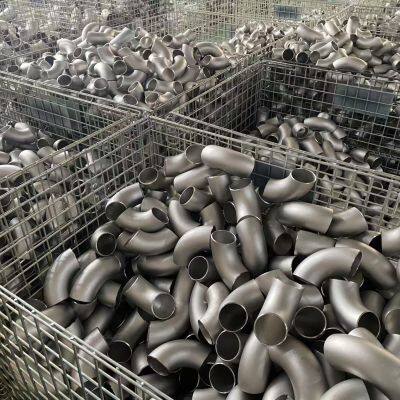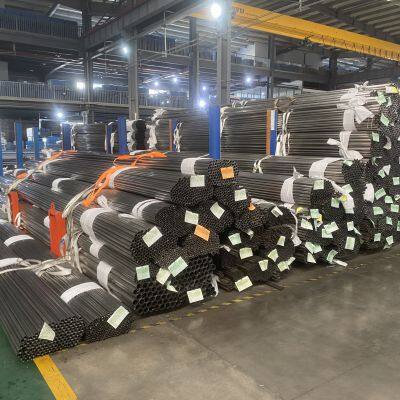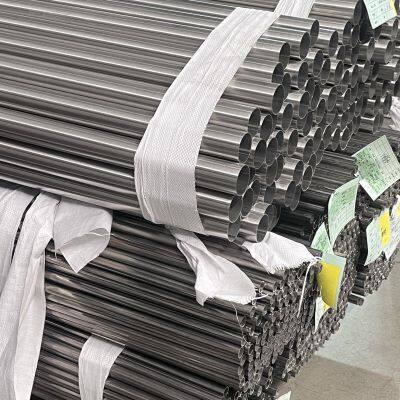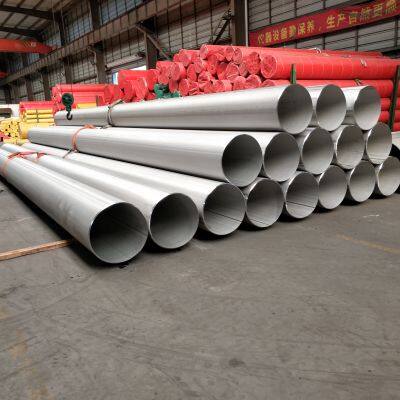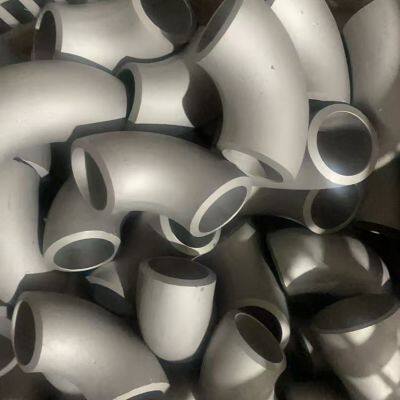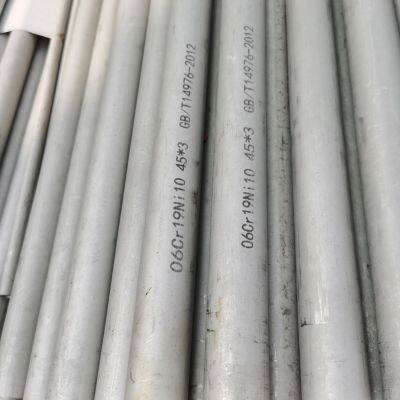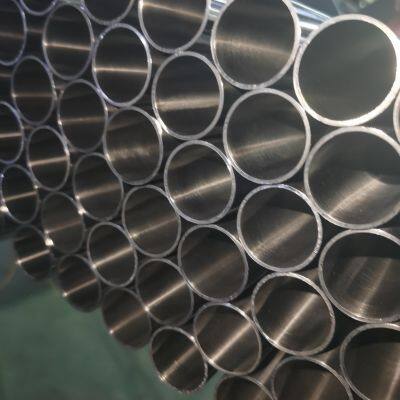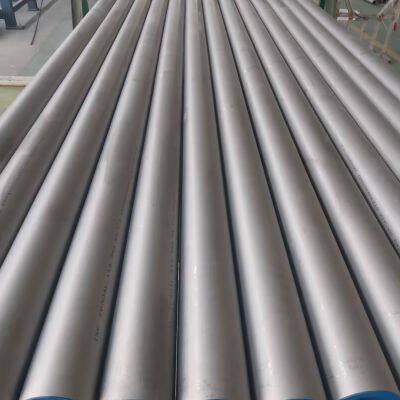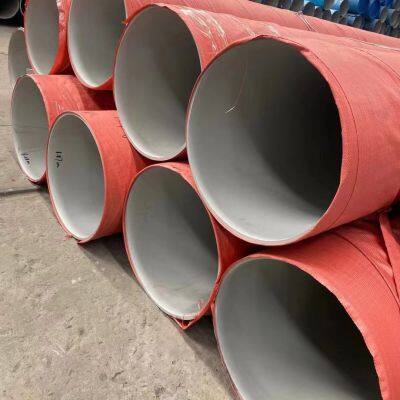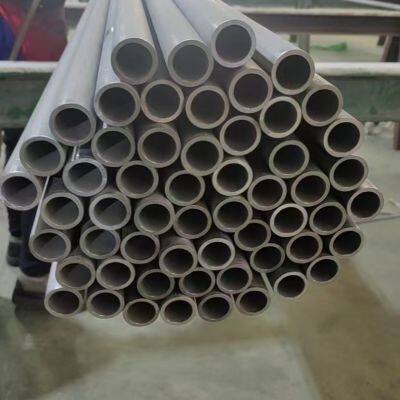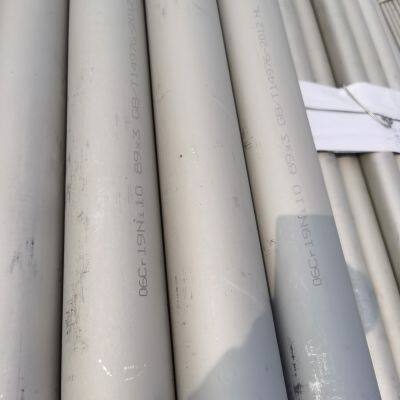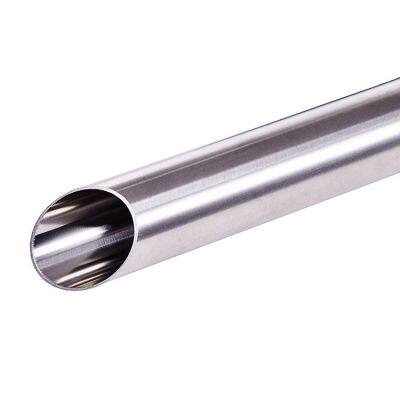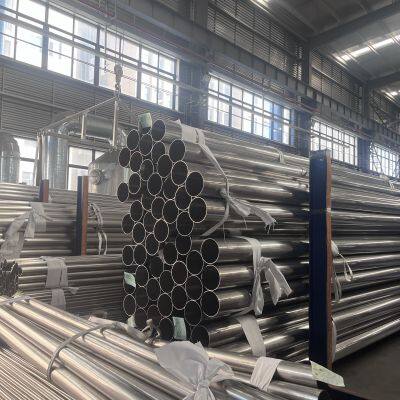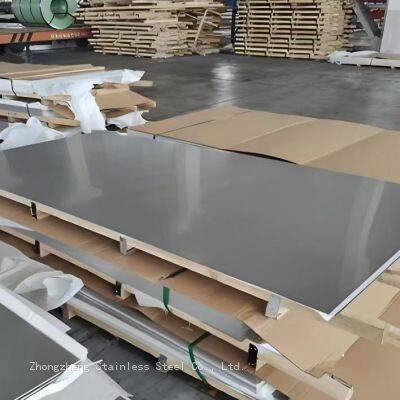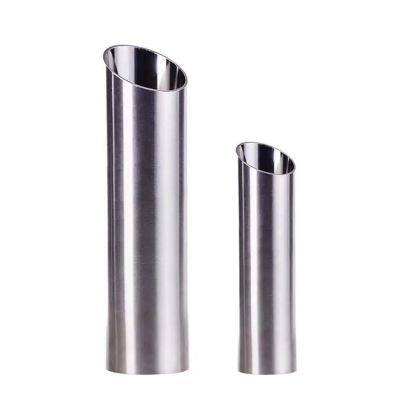What are the application scenarios of chemical polishing and mechanical polishing?
The application scenarios of chemical polishing and mechanical polishing vary significantly due to different process characteristics. The details are as follows:
1. Typical application scenarios of chemical polishing:
Complex structure workpieces:
Medical devices (such as surgical instruments, implants): Require high precision surface smoothness, and the structures are mostly irregular (such as tubes, bends). Chemical polishing can uniformly treat the inner walls and blind corners.
Food and pharmaceutical equipment: Stainless steel pipes, reaction vessels, etc. Require no residues on the surface and easy cleaning. Chemical polishing can avoid the residue of mechanical polishing's scratches.
Aerospace components: Such as titanium alloy blades, aluminum alloy shells, etc. Need to balance lightweight and surface oxidation resistance. Chemical polishing can be batch processed without affecting material properties.
Batch production scenarios:
Bathroom hardware (toilets, shower heads): Require high brightness and large batch size. Chemical polishing has high efficiency and good consistency.
Electronic component casings: Such as stainless steel mobile phone frames. Complex curved surfaces can be achieved with uniform luster through chemical polishing, without the need for multiple changes of grinding tools.
2. Typical application scenarios of mechanical polishing:
1. Regular shape high-precision workpieces:
Automotive parts (pistons, inner walls of cylinders): Require extremely low roughness (Ra ≤ 0.1 μm). Mechanical polishing achieves mirror-like effect through step-by-step grinding.
Precise molds (injection molds, die-casting molds): Surface accuracy directly affects the demolding quality of the product. Mechanical polishing can control the texture direction (such as mirror, matte).
Optical component bases: Aluminum or copper parts, need to be installed with optical lenses. Mechanical polishing ensures flatness and roughness compliance.
2. Customization requirements for surface textures:
Decorative components (watch cases, jewelry): Specific textures (such as sun patterns, matte surfaces) can be achieved through processes like mechanical sandblasting and sanding. Chemical polishing cannot produce such effects.
Electronic device heat sinks: The aluminum profiles need to be mechanically polished to remove burrs while maintaining the regularity of the heat dissipation grooves.
III. Comparison Summary of Application Scenarios
Chemical polishing is more suitable
Workpiece shape: Complex curved surfaces, cavities, and irregular parts (such as pipes, impellers)
Precision requirements: General smoothness (Ra 0.2 - 1 μm), priority given to uniform gloss
Production scale: Large quantities, low cost requirements (such as daily-use accessory parts)
Surface function: Corrosion resistance, easy cleaning (such as medical, food equipment)
Mechanical polishing is more applicable.
Workpiece shapes: Regular shapes such as flat surfaces and cylindrical surfaces (e.g. plates, shafts)
Precision requirements: Ultra-high precision (Ra <0.1 μm), texture orientation control
Production scale: Small batch, high precision customization (such as high-end molds, aerospace parts)
Surface functions: Wear resistance, decorative texture (such as automotive accessories, electronic product shells)
Core logic: Chemical polishing excels with "efficiency and adaptability", suitable for batch processing of complex parts; Mechanical polishing is superior with "precision and flexibility", suitable for high-end customization of regular parts.
Recently Posted
-
What are the advantages of double-clamp stainless steel drinking water pipe fittings
January 6, 2026What are the advantages of double-clamp stainless steel drinking water pipe fittings? 1. Suitable for various media: The stai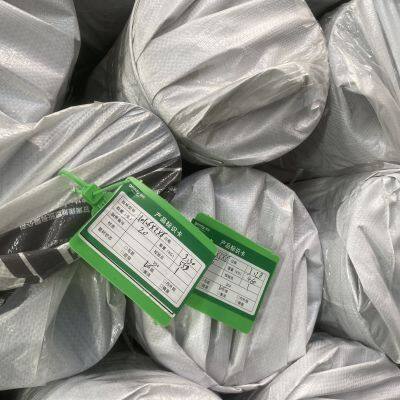 Read More
Read More -
304 stainless steel pipe, steam gas pipeline, mixed gas pipeline
January 6, 2026The 304 stainless steel pipe is suitable for steam pipelines and gas mixture pipelines. The 304 stainless steel materia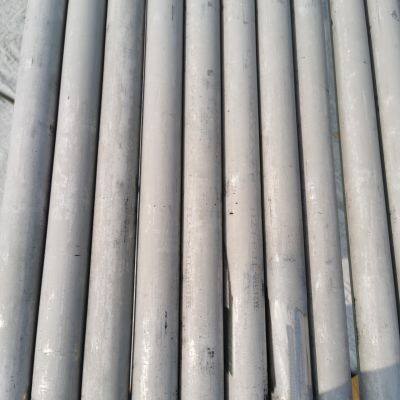 Read More
Read More -
What are the differences between 304 and 202 stainless steel pipes
January 6, 2026The main differences between 304 and 202 stainless steel pipes lie in their chemical composition, physical properties, corrosion r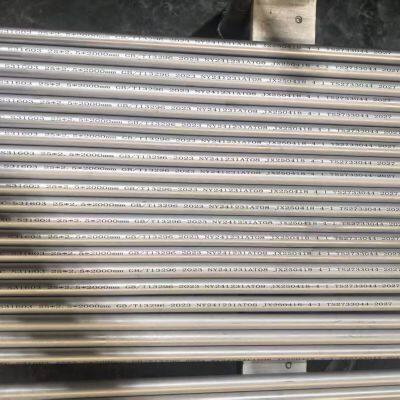 Read More
Read More -
The five common methods of connecting stainless steel water pipes
January 6, 2026Different methods of installing stainless steel water pipes The installation methods of stainless steel water pipes var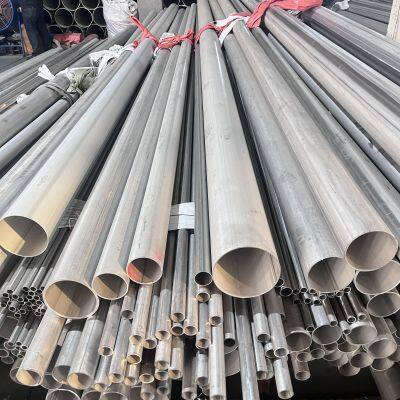 Read More
Read More



